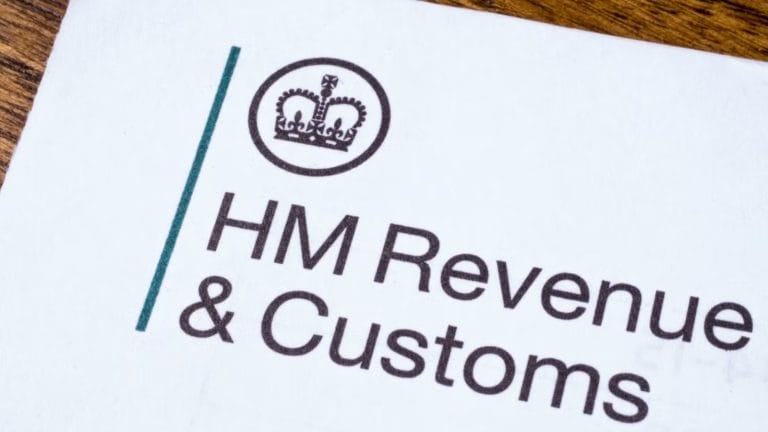🎧 Listen to This Article
As the new tax year begins, it is crucial for taxpayers to understand the key tax rates and thresholds that apply to them. Whether you’re an employee in England, Northern Ireland, Scotland, or Wales, or you’re navigating the complexities of National Insurance Contributions (NICs), it’s essential to stay informed to make the most of your earnings. In this article, we’ll explore the PAYE tax rates, thresholds, and NIC contributions for the 2025-2026 tax year, as well as important allowances and pension contributions.
PAYE Tax Rates for 2025-2026
For the tax year 2025-2026, the UK operates a progressive tax system, with different rates applied depending on income. However, tax rates vary slightly depending on the region within the UK. Below is a breakdown of the tax rates for England, Northern Ireland, Scotland, and Wales.
England, Northern Ireland, and Wales
In these regions, the tax system is broadly the same, with three main tax bands: Basic, Higher, and Additional. The thresholds and rates are as follows:
| Tax Rate | Annual Earnings Range |
|---|---|
| Basic Rate | Up to £37,700 |
| Higher Rate | £37,701 – £125,140 |
| Additional Rate | Above £125,140 |
- Basic Rate: Taxed at 20% on earnings up to £37,700.
- Higher Rate: Taxed at 40% on earnings between £37,701 and £125,140.
- Additional Rate: Taxed at 45% on earnings above £125,140.
Scotland
Scotland operates a slightly different system, with more bands to reflect varying income levels. The Scottish tax bands for 2025-2026 are:
| Tax Rate | Annual Earnings Range |
|---|---|
| Starter Rate | Up to £2,827 |
| Basic Rate | £2,828 – £14,921 |
| Intermediate Rate | £14,922 – £31,092 |
| Higher Rate | £31,093 – £62,430 |
| Advanced Rate | £62,431 – £125,140 |
| Top Rate | Above £125,140 |
- Starter Rate: Taxed at 19% on earnings up to £2,827.
- Basic Rate: Taxed at 20% on earnings between £2,828 and £14,921.
- Intermediate Rate: Taxed at 21% on earnings between £14,922 and £31,092.
- Higher Rate: Taxed at 42% on earnings between £31,093 and £62,430.
- Advanced Rate: Taxed at 45% on earnings between £62,431 and £125,140.
- Top Rate: Taxed at 48% on earnings above £125,140.
The Scottish system ensures that those with lower incomes benefit from a lower tax burden, while higher earners pay a greater percentage of their income in tax.
National Insurance Contributions (NIC) for Employees
National Insurance contributions are another key component of the tax system in the UK. For employees, NICs are deducted from earnings to fund various social security benefits, such as pensions and healthcare. The rates differ based on income levels.
Class 1 National Insurance (Employee)
Class 1 NICs apply to employees, and the contribution rates for 2025-2026 are as follows:
| Earnings Range | Employee Contribution Rate |
|---|---|
| Up to Primary Threshold (£242/week) | 0% |
| Above Primary Threshold to Upper Earnings Limit (£967/week) | 8% |
| Above Upper Earnings Limit (£967/week) | 2% |
- Employees with earnings below the primary threshold (£242 per week) do not pay National Insurance.
- Earnings above the primary threshold but below the upper earnings limit (£967 per week) are subject to an 8% NIC rate.
- For earnings above the upper earnings limit, the rate reduces to 2%.
Class 1 National Insurance (Employer)
Employers are also required to contribute to National Insurance. The contribution rates for employers in 2025-2026 are:
| Earnings Range | Employer Contribution Rate |
|---|---|
| Above Secondary Threshold (£125/week) | 0% |
| Above Secondary Threshold to Upper Earnings Limit (£481/week) | 15% |
| Above Upper Earnings Limit (£967/week) | 15% |
Employers pay a higher rate of NICs on earnings above the secondary threshold (£125 per week), with a consistent 15% rate for earnings above the threshold.
Tax-Free Allowances and Deductions
In addition to the standard tax rates, several tax-free allowances and deductions are available to reduce the overall tax liability. For the tax year 2025-2026, these include:
| Allowance Type | Amount |
|---|---|
| Personal Allowance | £12,570 per year |
| Marriage Allowance | £1,260 per year (if eligible) |
| Blind Person’s Allowance | £2,620 per year |
The Personal Allowance allows individuals to earn up to £12,570 per year without paying income tax. Other allowances, such as the Marriage Allowance and Blind Person’s Allowance, provide additional tax relief for eligible taxpayers.
Pension Contributions (Auto Enrolment)
Pension contributions are an essential part of the financial planning process, and auto-enrolment ensures that employees save for their retirement unless they opt out. The minimum contribution rates for auto-enrolment in 2025-2026 are:
| Contribution Type | Employee Contribution | Employer Contribution |
|---|---|---|
| Total Contribution | 5% | 3% |
This means that employees contribute 5% of their qualifying earnings, with employers contributing at least 3%.
Conclusion
Understanding PAYE tax rates, National Insurance contributions, and available tax allowances is essential for effective financial planning. By staying informed about the latest tax rates and thresholds, you can optimize your tax obligations and ensure you are maximizing any potential benefits. Whether you’re an employee in England, Northern Ireland, Scotland, or Wales, it’s crucial to stay updated on any changes to tax rates and allowances, as these can significantly impact your earnings and overall financial health.
As the UK tax system continues to evolve, it is advisable to consult with a tax professional to ensure you are taking full advantage of all the tax reliefs and allowances available to you.



